Have you ever stopped in the rice aisle at your local supermarket during a chaotic weekly food shop and become unbearably overwhelmed with how much choice there is? You are not alone.
There are so many types of rice out there that are worth acquainting yourself with, if only to make your weekly meal rotation more interesting.
But to prevent confusion and the dread of trying to differentiate between similarly styled packets of rice, let us break down two of the most commonly confused rice types: arborio rice and sushi rice.
It is the intended meaning behind the names of the rice that separates arborio rice from sushi rice. Arborio rice refers to the short-grain creamy rice mostly used to make risottos, whereas sushi rice refers to Japanese short-grain rice prepared in a specific manner to make sushi.
What is Arborio Rice?
There is no better rice for making a delicious, filling risotto than the short-grained arborio rice, specially cultivated for use in risotto.
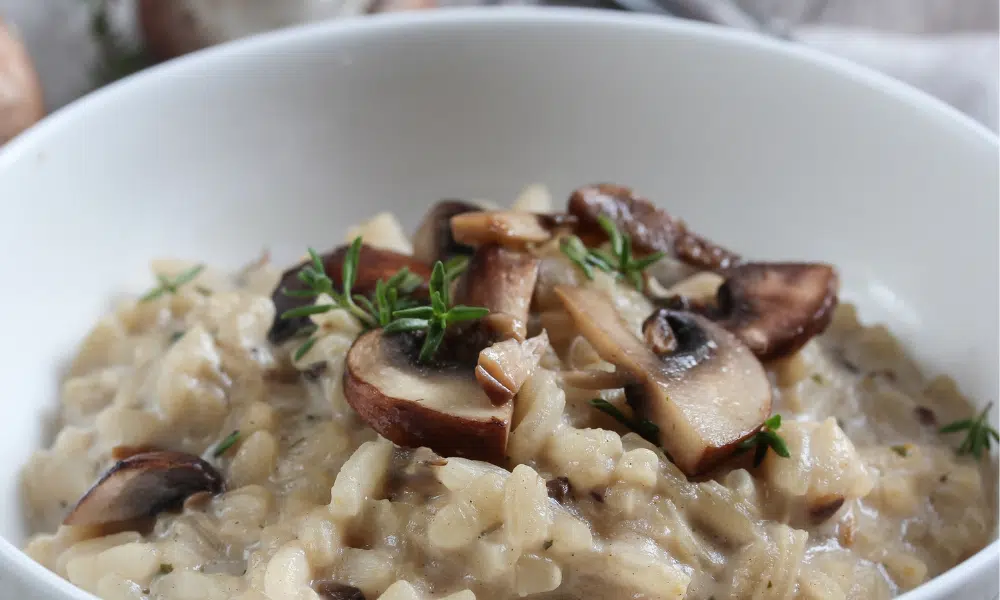
The rice is named after the Italian area in which the rice was originally grown, but arborio rice is now so popular that places in the US have also started growing their own arborio rice to keep up with demands.
Arborio rice is so well suited for making risotto because it is a rice very high in starch (more specifically amylopectin). This results from the rice being milled less, allowing arborio rice to maintain its high starch content.
When the rice is then cooked, the rice turns chewy but remains creamy, all because of the starch.
Though risotto is the most common use of arborio rice, its creamy texture is ideal for a range of other dishes, such as the popular Spanish dish paella or minestrone soup.
What is Sushi Rice?
Contrary to popular belief, sushi rice refers to a specific kind of method for cooking rice rather than a type of rice grain.
To make sushi rice, Japanese short-grain rice is steamed and then seasoned with rice vinegar or other vinegar-based ingredients, a little salt, and a little sugar, creating a sour sweetness that can be used paired with a whole range of sushi fillings.
If you were to peruse your local supermarket’s rice shelf, you may find what looks like sushi rice labelled as either sushi rice or Japanese rice, which is why there tends to be so much confusion about what sushi rice actually is.
But sushi rice cannot be called such unless short-grain Japanese rice is prepared to make sushi.
Often called Japanese sweet rice, mochigome is a type of Japanese rice that is much higher in starch, making it far stickier and chewier once cooked. You don’t want to use mochigome rice for sushi rice.
Similarities Between Arborio Rice and Sushi Rice
It would not surprise you to know that, at the end of the day, arborio rice and sushi rice and simply types of rice. As such, there are some similarities that they share:
High Starch Content
Though the two kinds of rice make use of their high starch content differently, they still possess some of the highest starch contents in the rice family.
It is this starch that makes both arborio rice and sushi rice so suited to their specific preferred uses.
Short Grain
The types of rice grains used for arborio rice and sushi rice are classified as short-grain rice types.
Short grains are not milled as long or as much as other rice grain types, meaning that arborio and sushi rice are able to retain a much higher percentage of their original starch content.
Chewy Consistency
As a result of their matching high starch contents, arborio rice and sushi rice have a distinct chewiness that works well in the dishes that they are intended for. If either rice is mushy with new chew, they have been overcooked.
Differences Between Arborio Rice and Sushi Rice
Despite their similarities, the fact that arborio rice and sushi rice are types of rice does not mean that they are identical. In fact, they have some key differences to note:
Raw Vs Cooked
Technically, sushi rice is less a specific type of rice grain but rather a method for how rice may be cooked, making sushi rice a cooked rice dish. But when people refer to arborio rice, they will mean the raw grains of arborio rice.
Flavour
As sushi rice needs to be seasoned in a certain way to make it suitable for sushi use, it has a distinct sour flavour with the undercutting sweetness from the added sugar.
Arborio rice has a natural nuttiness that is mild but still evident when cooked.
Preparation
To be classed as sushi rice, sushi rice needs to be prepared in a certain manner, including sugar, salt, and vinegar. Short-grain Japanese rice must be steamed and then prepared with these additional ingredients.
Arborio rice should be boiled in water and then left to simmer to properly absorb the water without overcooking. You won’t need to add any extra ingredients to the rice for it to be perfect for your risotto or paella.
Texture
Though both arborio and sushi rice are types of rice high in starch, this starch provides different advantages to the rice.
The starch in arborio rice ensures that the rice is extra creamy when cooked, creating the perfect base for plenty of dishes.
But the large amounts of starch in sushi rice means that the rice grains stick together better, making it easier to shape the rice into sushi-sized pieces.
Place Of Origin
One of the most obvious differences between arborio and sushi rice is where they originate. Arborio rice is as Italian as mozzarella and pizza whereas sushi rice is a distinctly Japanese invention.
Arborio Rice vs Sushi Rice: Which Wins?
It would be hard to pick a favourite rice, so let’s go with a favourite dish… Are you going to vote for risotto or opt for sushi?
Do You Prefer Risotto or Sushi?
Arborio Rice and Sushi Rice FAQs
Got more questions about arborio and sushi rice? Then check these FAQs out:
As both rice varieties are short grain, you can swap them out for one another. You will find the starch levels could be different, so the texture of the resultant dish will be slightly off, however.
Yes! You’ll find that the starch levels in arborio rice will help it to go sticky once cooked for long enough.
Sources
Where we obtain our information and verify the facts in this article:
The Spruce Eats
What is arborio rice and how to use it
Just One Cook Book
How to make the perfect sushi rice
Acacia may be a freelance writer by day, but they are a food fanatic by night. They are always trying out new recipes or finding different ways to elevate classical dishes. But their biggest culinary aim is to educate others on the basics of the kitchen so that they too can enjoy delicious food.


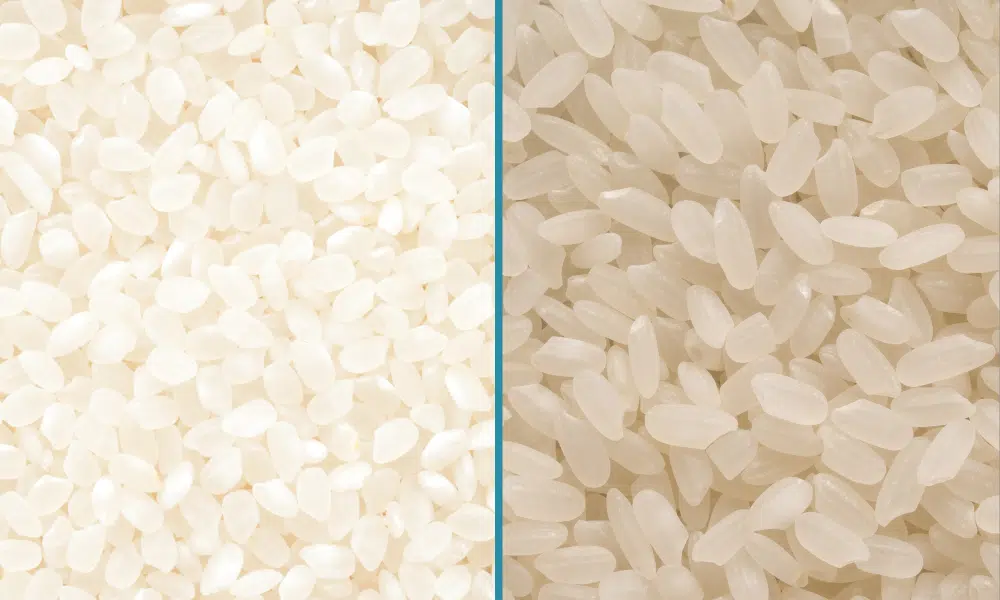
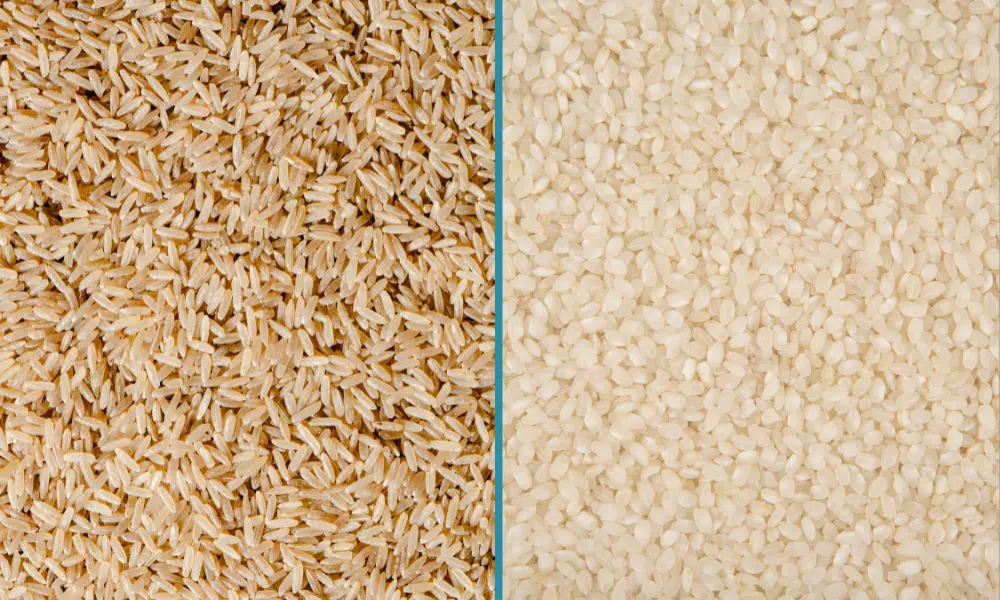
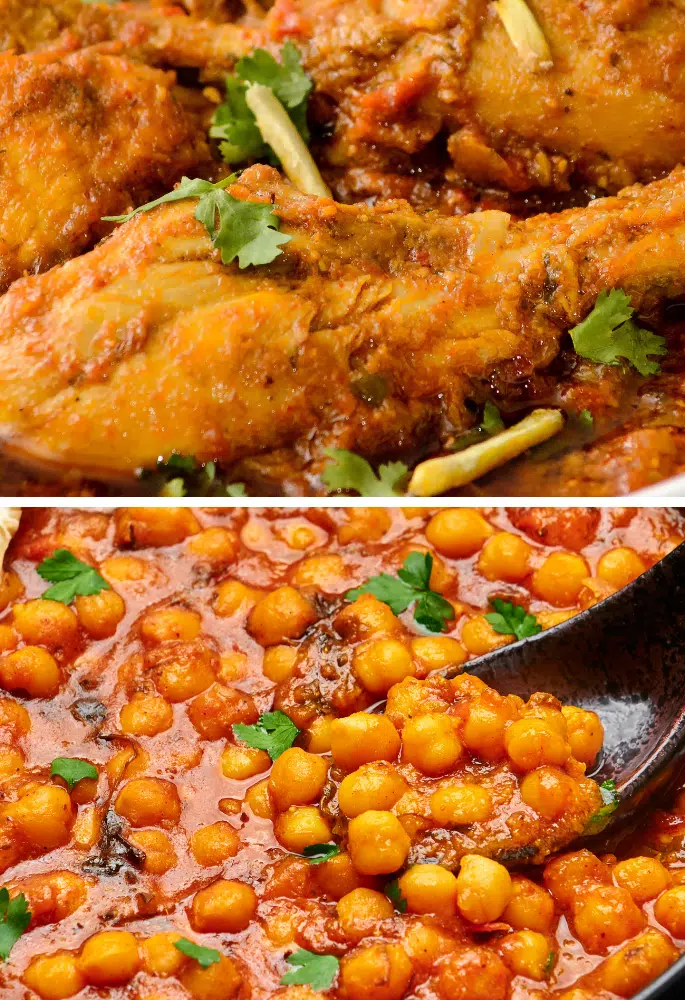
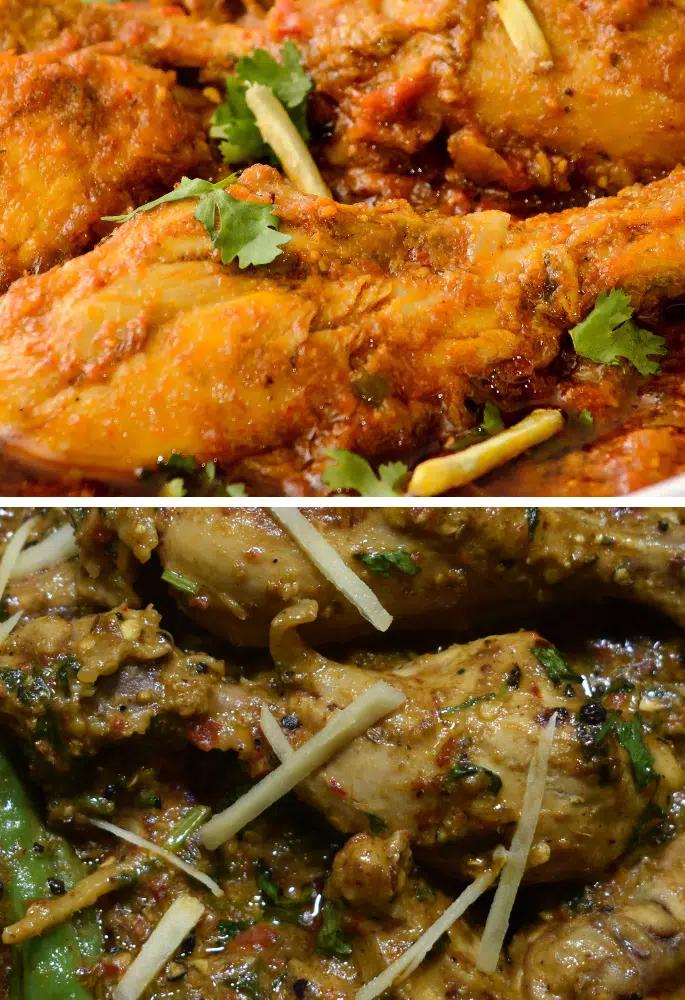

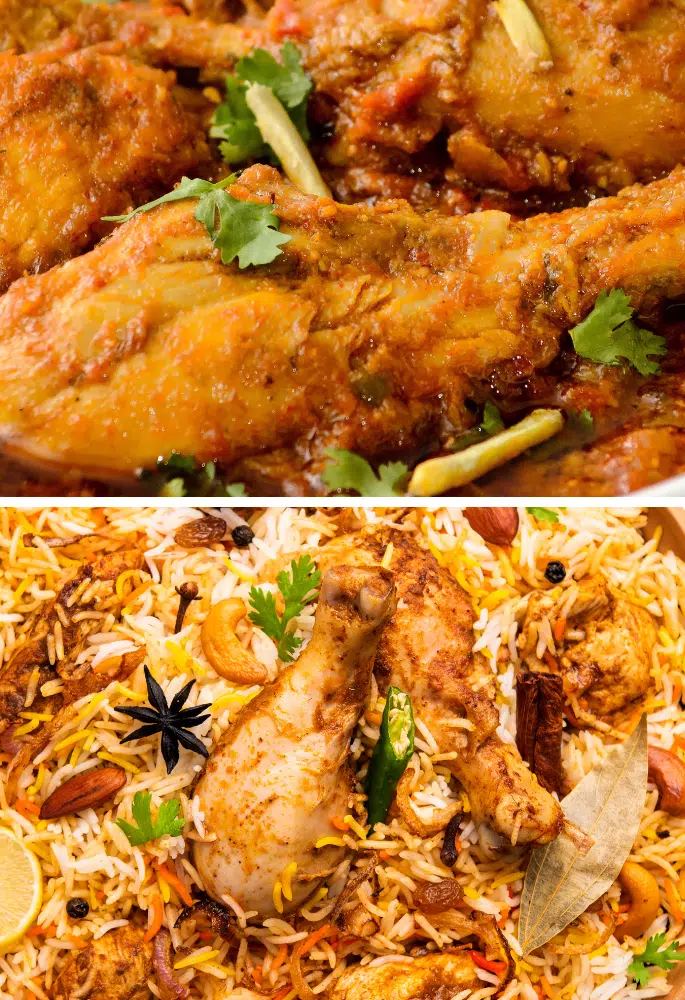
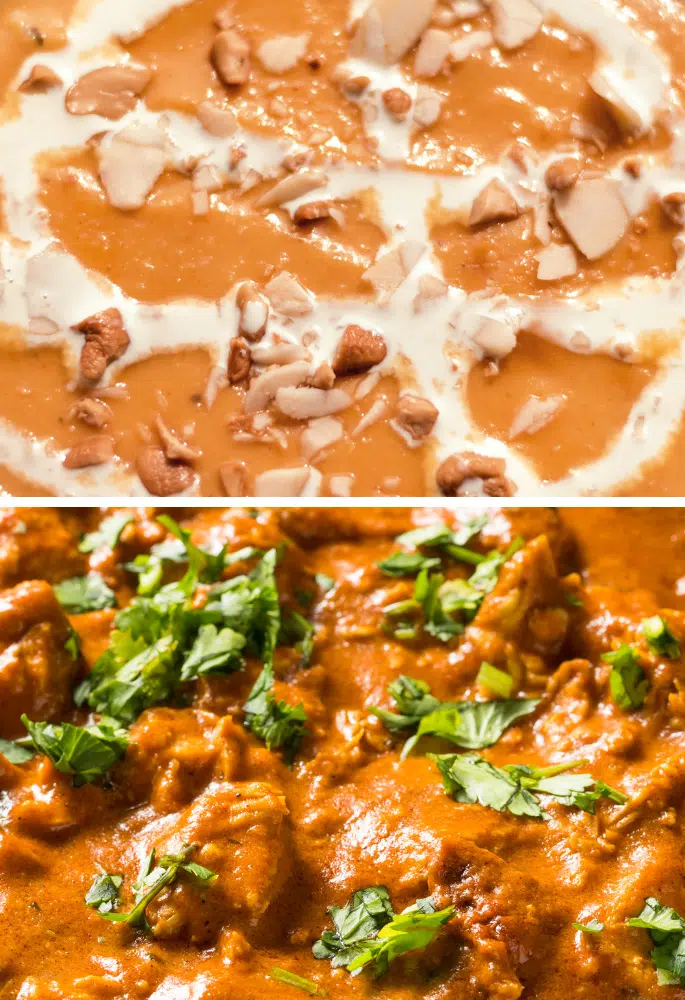
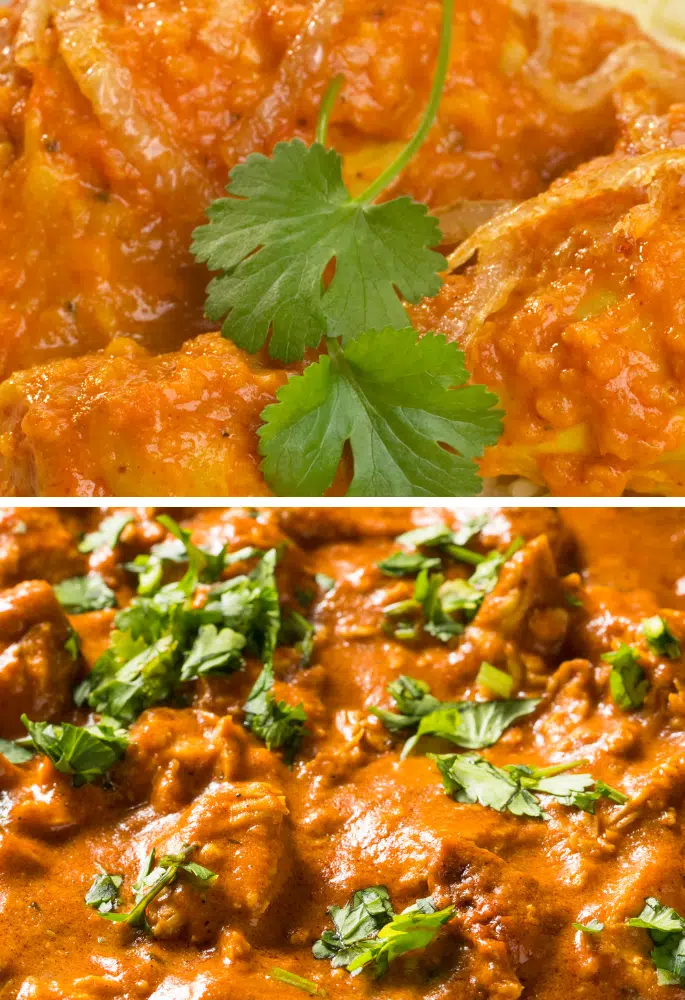
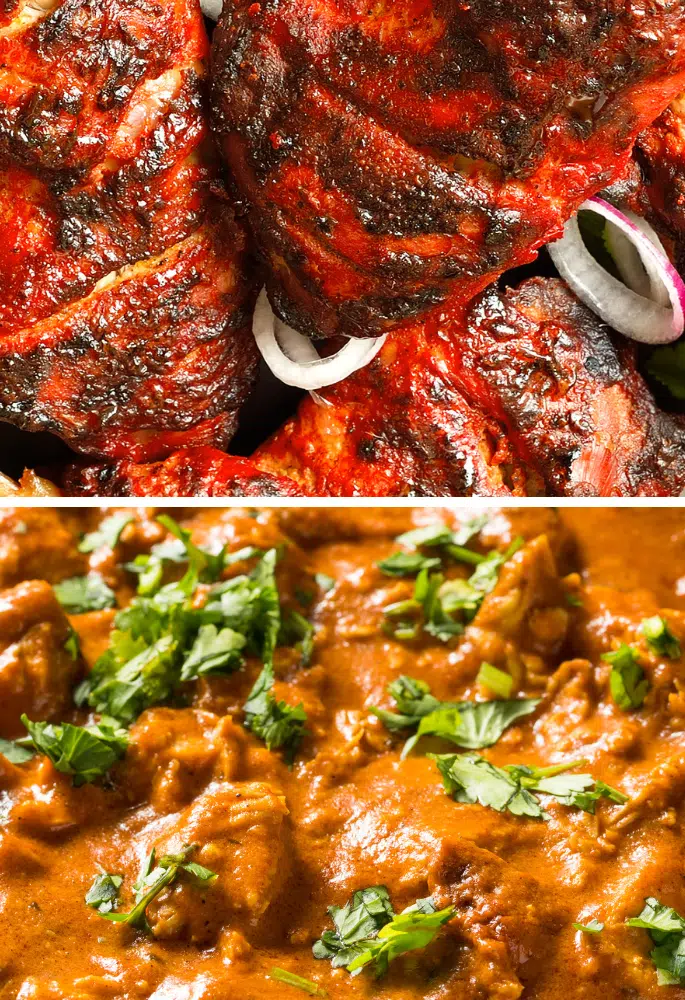
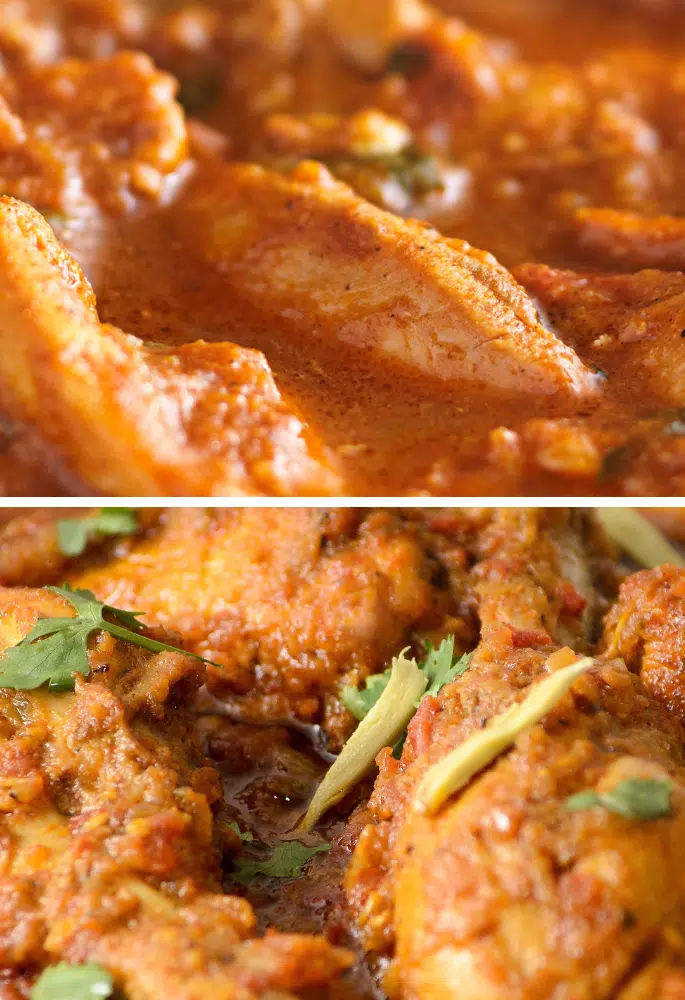
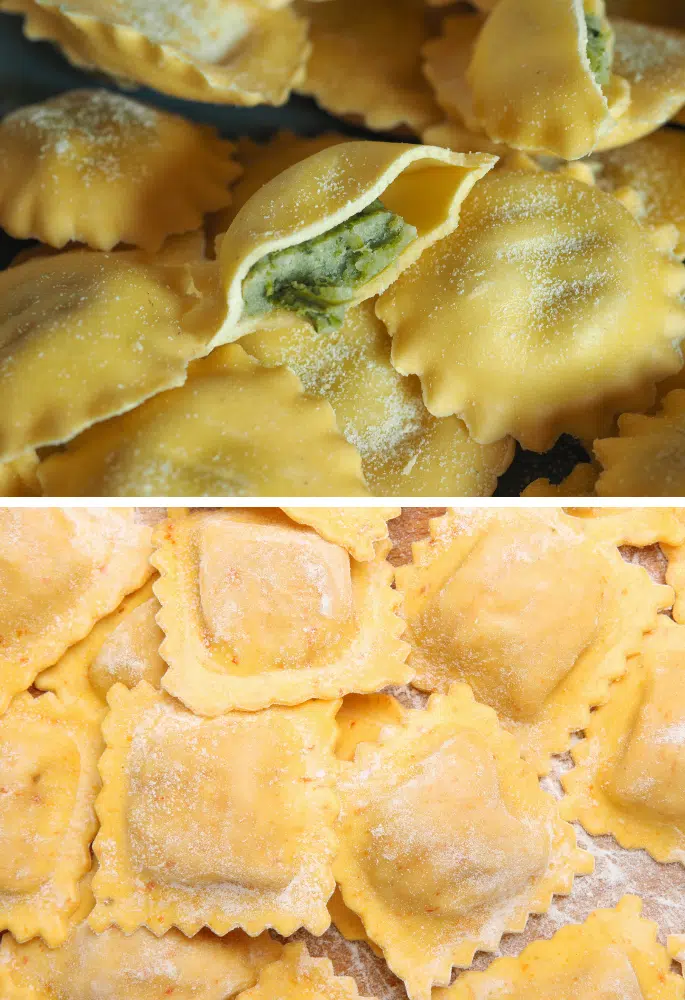

Thanks Acacia. I make/eat quite a bit of sushi so I always have plenty of sushi rice on hand. But I’m going to make Osso Bucco with a nice risotto, yet I’d like to avoid adding one more variety of rice to my pantry (already have 4). So I’m going to give sushi rice a whirl for the risotto. Fingers crossed.